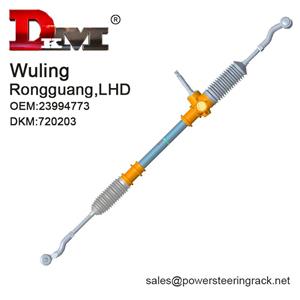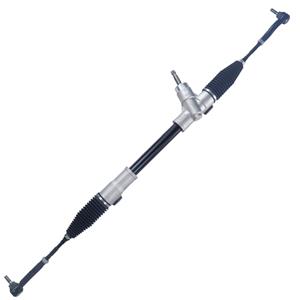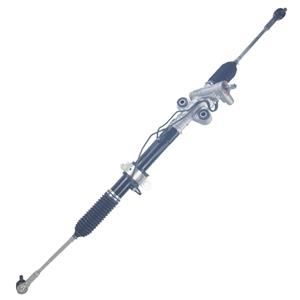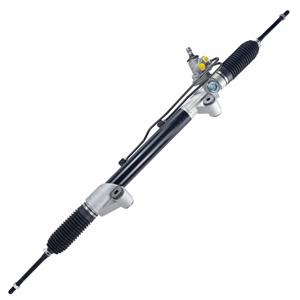-
If the motor in the electric steering rack fails, it is generally repairable. Common problems with motors, such as brush wear, coil breakage, or poor electrical contact, can usually be repaired by replacing certain parts of the motor.
-
The weight of the power steering rack varies depending on the model and design. Generally, its weight ranges from 10 kg to 30 kg. The hydraulic power steering rack is usually heavier than the electric power steering rack. This is because the hydraulic power steering system needs to include components such as hydraulic pumps, fuel tanks, pipes and control valves.
-
In general, the impact of the failure of the electric power steering rack on the vehicle's controllability after the loss of power assistance is more direct and serious, and it is usually more dangerous. Therefore, car owners need to attach great importance to the maintenance and inspection of the electric power steering rack.
-
For novices, one of the most important challenges is the lack of practical operating experience. Replacing the power steering rack and pinion is a delicate job, and any operational error can cause the entire system to operate abnormally.
-
When the power steering pump fails, the driver usually feels that the steering wheel becomes heavier, but there is no obvious jamming feeling. When the power steering rack fails, the driver may feel a change in the resistance to steering wheel turning, especially jamming at certain angles.
-
Because the manual steering system is usually designed to be simple, and in some models, the design of the wheel and steering system does not take into account too much power assistance, the manual steering rack needs to bear greater pressure.
-
The size of the leak is a key factor in determining the rate of leakage. If the leak is large, such as a completely broken seal or cracked high-pressure pipe, the power steering fluid may leak a large amount in a short period of time. In this case, the driver will quickly notice that the steering has become unusually heavy and the vehicle's power steering function is almost ineffective.
-
Here are some of the most common symptoms: 1. Steering wheel shakes or loosens 2. Steering is not sensitive 3. Abnormal noise 4. Steering wheel is difficult to return automatically 5. Steering accuracy decreases 6. Steering system leakage 7. Steering wheel vibration 8. Uneven tire wear
-
The cost of replacing a Mercedes-Benz steering rack varies depending on the model, part type, labor cost and other factors. For entry-level models such as the C-Class, the cost may be between $1,200 and $2,500, while for premium models such as the S-Class, the cost may be as high as $4,000 or even more.
-
Damage to the power steering rack may affect the flow of power steering fluid. Under normal circumstances, the fluid circulates in the system to play a lubricating and cooling role. If the power steering rack is damaged, the fluid may not flow properly, causing localized temperature increases.




